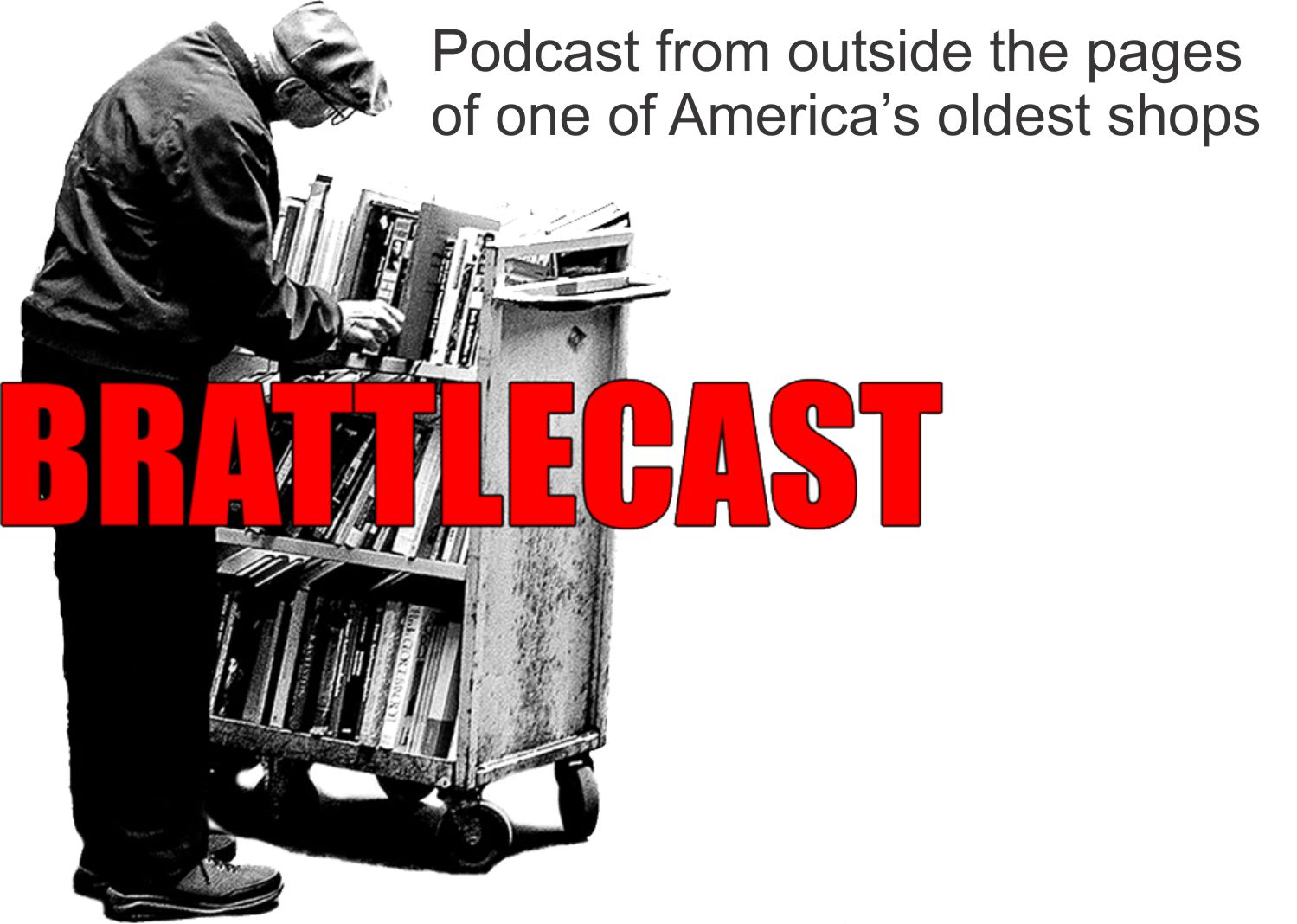Collecting in Plain Sight with Lorne Bair
/by Barbara Basbanes Richter
It’s possible Winchester, Virginia-based bookseller Lorne Bair’s upbringing had something to do with his eponymous shop’s focus on American Utopian and radical movements of the nineteenth and twentieth centuries. “I grew up on a back-to-the land pseudo-commune in southern West Virginia,” explained Bair. “It was just a bunch of hippies living in the same dilapidated 1890s farmhouse with a bunch of naked kids—including me—running roughshod on the surrounding 200 acres of hayfields, brambles, and perennially undernourished sheep.” His parents were more focused on artistic and activist ventures than agricultural ones, which was bad for the local livestock but wonderful for Bair, whose home library was well-stocked with anti-establishment literature. “That’s what I grew up reading, so the subject came more or less naturally to me. The other (and probably truer) half is that, when I got into bookselling in the mid-90s, I wanted to be a poetry specialist but discovered there was no more of a living to be made selling poetry than there was in writing it.” And so a career in bookselling began.
When Bair hung his shingle in 1996, books and ephemera focusing on American counterculture were largely under collected and undervalued—in other words, a boon for the then-fledgling bookseller. “Few other specialists were working in the field, the materials were inherently desirable to institutional buyers, and I knew enough to have an intuitive grasp of what was interesting and what wasn’t.”
When he’s not selling books, Bair collects them, focusing on radical children’s books from the mid-nineteenth century to now. “The collection now numbers nearly a thousand items. Helene Golay, our firm's chief cataloguer, and I are working on a descriptive catalog of the collection which I hope will be completed in the next few years. I don’t know that the collection will ever be “complete,” but there are a few things we need to acquire before I consider it “mature” enough to be published as a catalog. But, despite the few holes, it’s a wonderful collection. One of our most recent additions is Brian Jeffs’s My Parents Open Carry (2014) — a Second Amendment primer for children from 6 to 10 years old!” Bair revels in what he calls the “wonderful weirdness” of the “Weird Right and the Righteous Left.”
What are some of those “holes” Bair covets? “I have several — but they remain private, as I prefer not to broadcast their rarity. That said, if anyone can provide me with an original mimeo printing of The Black Panther Coloring Book from 1968, they will be most handsomely rewarded.”
Interested parties can see Bair in person at 2 p.m. on Saturday, September 8th at the Brooklyn Antiquarian Book Fair, where he will share observations on collecting the ephemera of the 20th and 21st century social movements, as well as discuss specific contemporary collectors whose efforts have benefitted modern scholarship.
The collection of Penn State curator Jose Guerrero is one such example, whose real estate flyers document the transformation of San Francisco’s Mission Hill neighborhood from a mostly Mexican-American one to a place filled with Silicon Valley employees. “By the mid-2000s, the tenements Jose and his neighbors had grown in were converted into luxury condominiums, and he now has a collection of more than a thousand pieces of real estate ephemera. Such a collection, once placed in an institution, will be of tremendous use to scholars documenting the demographic shifts in American cities, and the continual marginalization of immigrant communities that has long been at the center of those shifts. This is a magnificent example of how, without spending a dime, an individual with vision can create a significant collection by simply paying attention to the zeitgeist.”
An anonymous collector in Washington, D.C. spent decades gathering flyers, posters, and handbills documenting the prevailing counter-culture movements of the mid 1960s and ‘70s such as the anti-War movement, Civil Rights, and the LGBT rights movement. “This collection eventually ran to more than 2500 pieces, and when I was asked to appraise it in 2015 it came to well over $100,000. It is now in the collection of a D.C. area institution,” said Bair. As in Guerrero’s case, this collector happened to see the future historical value in what many would consider worthless paper. To paraphrase 1930s collector Michael Sadleir, these birds know worms when they see them.
Bair’s talk will also offer tips to new collectors looking to build their own collections, but his cardinal rule is a simple one: “It’s your collection, so use your imagination! Don’t be constrained by what others have deemed “collectible” before you; don’t become a slave to lists of the “Hundred Best” anything; for god’s sake don’t buy anything just because it’s listed in a price guide. Create your own value by doing something no one else has done before you. And become the authority on the subject you collect. The formation of a great collection should be an act of liberation, not of conformity.”
The complete schedule of talks can be seen here.
Barbara Basbanes Richter writes for this blog, Fine Books & Collections, and is a professional ghostwriter.

















